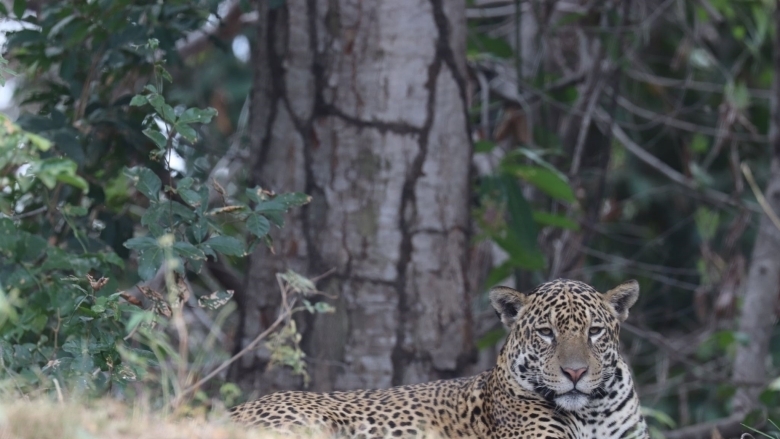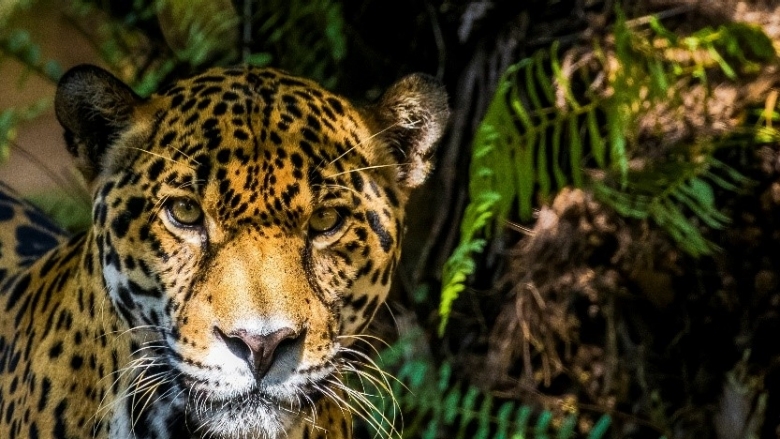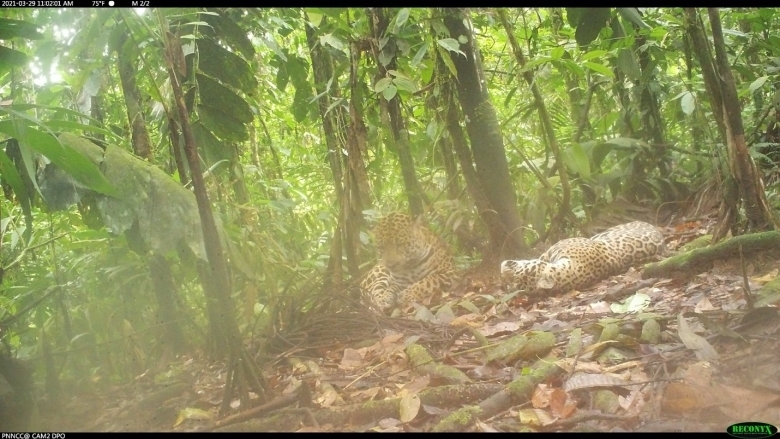The jaguar—the largest cat in the Americas and the third largest in the world after lions and tigers—roams a vast stretch of land from northern Mexico to Argentina known as the Jaguar Corridor. But that corridor has dwindled to just 50% of its historic range. Ironically, one of the many symbolisms attributed to jaguars is protection, but today the fate of jaguars lies in humans being able to protect the habitat it roams in.
In 2018, a high-level forum brought together representatives from 14 jaguar range countries along with practitioners to kickoff region-wide cooperation for jaguar conservation. This led to the 2030 New York Statement. Following this, a Jaguar 2030 Conservation Roadmap for the Americas united various stakeholders around a shared vision to conserve jaguars. This strong regional coordination was reemphasized at the first high-level conference on Illegal Wildlife Trade in the Americas, held in Peru.
Regional collaboration is strengthened by the commitment for conservation at the national and local levels. In 2020, three jaguar-range countries—Belize, Ecuador, and Panama—joined the Global Wildlife Program (GWP), funded by the Global Environment Facility (GEF). The GWP, led by the World Bank, includes 37 projects across 32 countries in a global partnership for wildlife conservation and wildlife crime prevention for sustainable development. Projects in the program will utilize GWP coordination processes and structures for stimulating action across the jaguar range, allowing the projects to achieve greater impact than they could working independently.
The three GWP projects look at jaguar conservation holistically addressing multiple threats to jaguars such as habitat loss and fragmentation, human-jaguar conflict, and the trafficking of jaguar parts. They each place value in science-led research and monitoring to support informed decision making.




